Large Russian drone and missile attack on Kyiv kills 4 and wounds at least 10. Kyiv bears the brunt of the attack
Tymur Tkachenko, head of the Kyiv City Administration, confirmed Sunday’s casualties via Telegram and said that 10 others were wounded in the attack, which targeted civilian areas across the city. A 12-year-old girl was among the dead. Thick black smoke could be seen rising from a blast near the city center.
“The Russians have restarted the child death counter,” Tkachenko wrote on Telegram.
Russia fired a total of 595 exploding drones and decoys and 48 missiles, Ukraine’s air force said Sunday. Of those, air defenses shot down or jammed 566 drones and 45 missiles.
Besides Kyiv, Ukrainian President Volodymyr Zelenskyy said that the bombardment targeted the regions of Zaporizhzhia, Khmelnytskyi, Sumy, Mykolaiv, Chernihiv, and Odesa. Zelenskyy wrote on X that at least 40 people were wounded across the country. Later, Ukraine’s Interior Ministry stated the number of the wounded rose to 70, with more than 100 civilian objects damaged.
Zaporizhzhia’s regional head, Ivan Fedorov, said that three children were among the 27 wounded in the region, adding that more than two dozen buildings were damaged in the capital, which that bears the same name.
“This vile attack came virtually @ the close of U.N. General Assembly week, and this is exactly how Russia declares its true position. Moscow wants to keep fighting and killing, and it deserves the toughest pressure from the world,” Zelenskyy wrote.
Speaking at the U.N. General Assembly, Russian Foreign Minister Sergey Lavrov told world leaders on Saturday that his nation doesn’t intend to attack Europe, but will mount a “decisive response” to any aggression.
Residents shaken
The strikes that began overnight and continued after dawn on Sunday also targeted residential buildings, civilian infrastructure, a medical facility and a kindergarten, according to Kyiv Mayor Vitali Klitschko, who also said that damage was reported at more than 20 locations across the capital.
At Kyiv’s central train station, passengers arrived to the crackle of anti-aircraft gunfire and the low buzz of attack drones. Mostly women, they waited quietly in a platform underpass until the air raid alert ended. Parents checked the news on their phones while children played online games.
“The sky has turned black again,” said one woman at the station, who gave only her first name, Erika. “It’s happening a lot.”
Ilona Kovalenko, a 38-year-old resident of a five-story building struck in Kyiv’s Solomianskyi district, told The Associated Press that she woke up because of the explosion, which shattered windows.
“A neighbor kept knocking on our door. She was completely covered in blood and shouting, `help, save my daughter,’” said Kovalenko, who fled the building with her grandmother after the strike.
Oleksandra, the neighbor’s daughter, was the 12-year-old killed in the attack.
“Sadly, she died on the spot,” Kovalenko said. “We are in shock, to be honest.”
Another multistory residential building was heavily damaged by the attack. Emergency services personnel used power saws to clear the debris. Piles of glass littered nearby sidewalks as building residents, some looking shaken, sat on benches.
“There are no warehouses or plants here. We were sure that nothing would happen, but it hit us here,” Volodymyr, a retired Kyiv resident who only gave his first name, told the AP at the site of a missile strike.
The Kremlin has repeatedly claimed that Russia’s military only strikes military targets.
Russian officials didn’t immediately comment on the latest attacks.
For some Kyiv residents, this wasn’t the first time they had come under Russian attack. Mark Sergeev, a pastor who had already fled Russia-occupied Melitopol, found himself under attack again in Kyiv. He was sleeping on the second floor with his wife when the blast struck, with his children on the floor above.
“There was a blast, and a wardrobe fell on me and I was covered with glass. My wife was shouting: `Mark, where are the kids?’ I felt like this was like a death sentence,” Sergeev said. He called out to his older son Toper, who responded that he was alive, before pulling his younger child from the debris.
The pastor, who previously testified before U.S. Congress about Christian persecution in Russian-occupied territories, said that the attack brought back painful memories. “I am a pastor from Melitopol. We had a large Protestant church and a house that I built with my own hands, and the Russian FSB took it away and nationalized it,” he said, describing how Russian forces had forced his family to lie on the ground at gunpoint in 2022.
“And so, we lost our second home again,” Sergeev said.
Polish military responses triggered
The assault also triggered military responses in neighboring Poland, where fighter jets were deployed early Sunday as Russia struck targets in western Ukraine, according to the Polish armed forces.
Polish military officials characterized these defensive measures as “preventative.”
International concerns have mounted recently that the fighting could spread beyond Ukraine’s borders as European countries rebuked Russia for what they said were provocations. The incidents have included Russian drones landing on Polish soil and Russian fighter aircraft entering Estonian airspace.
Russia denied that its planes entered Estonian airspace and said that none of its drones targeted Poland.
The latest bombardment follows Zelenskyy’s announcement Saturday of what he called a “mega deal” for weapons purchases from the United States. The $90 billion package includes both the major arms agreement and a separate “drone deal” for Ukrainian-made drones that the U.S. will purchase directly.
Meanwhile, Russia’s Defense Ministry said that its air defenses shot down 41 #Ukrainian drones overnight into Sunday.
Derek Gatopoulos, Illia Novikov, and Elise Morton, The Associated Press
Morton reported from London.
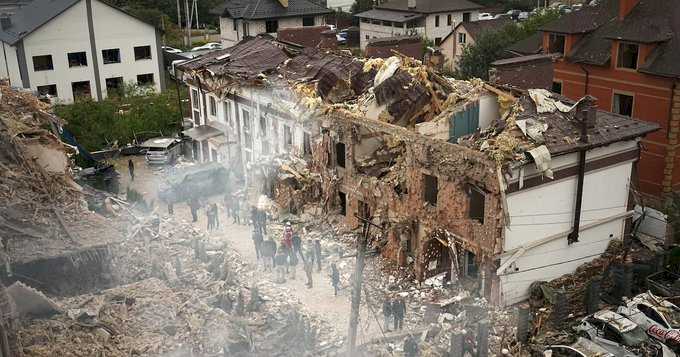
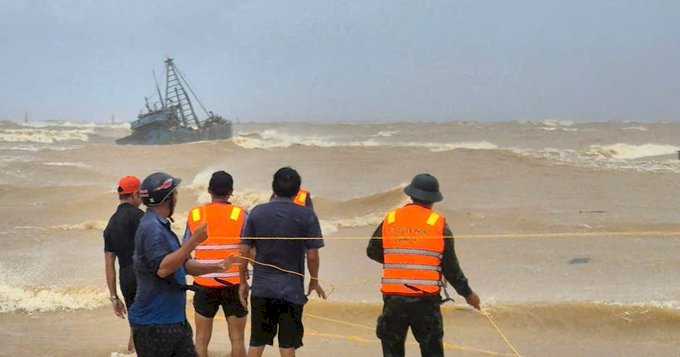

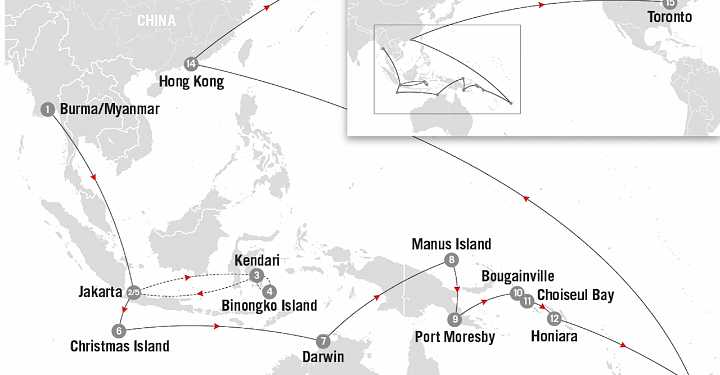



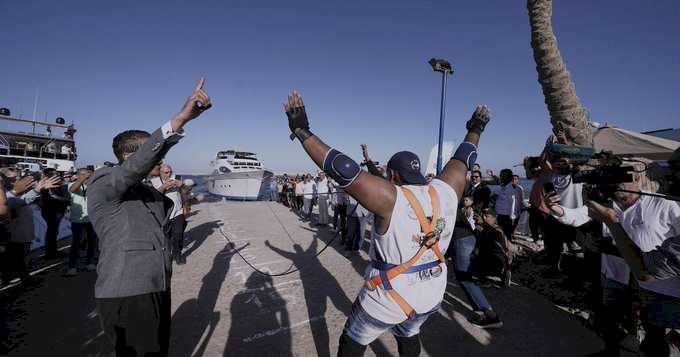
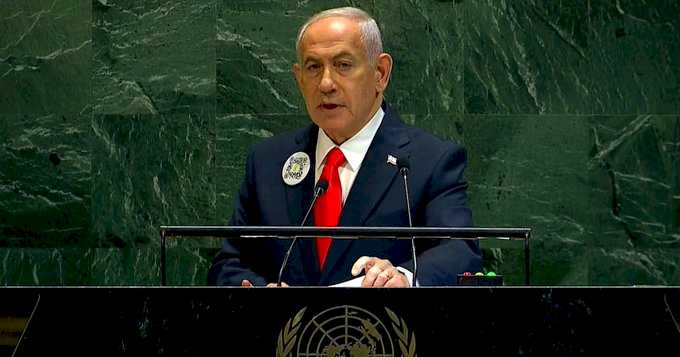
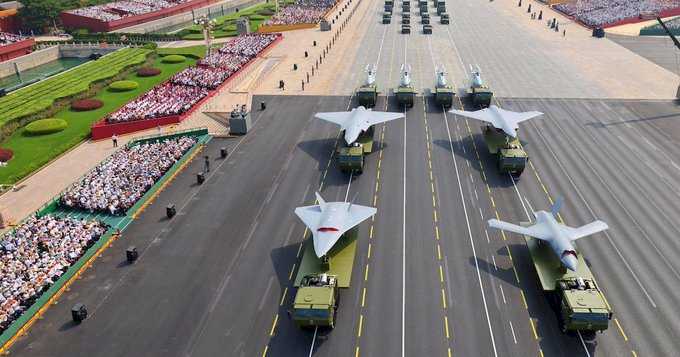
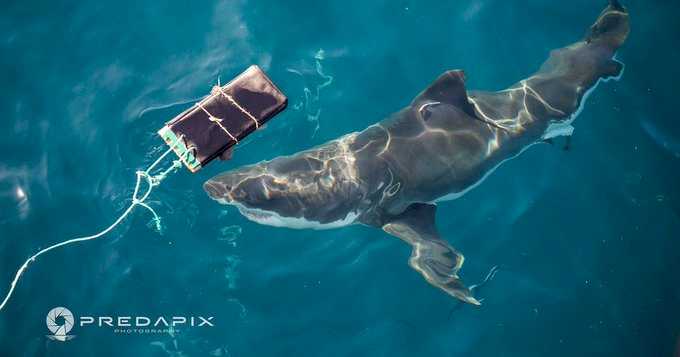
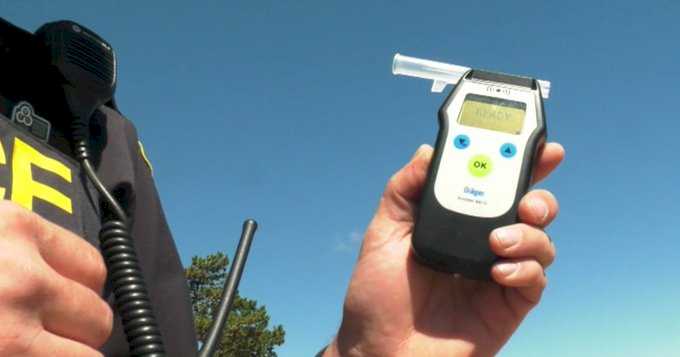
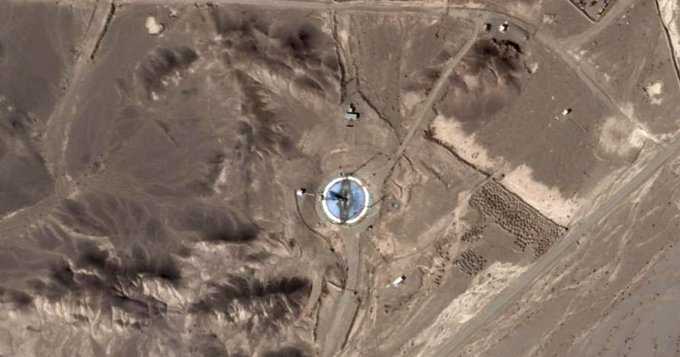
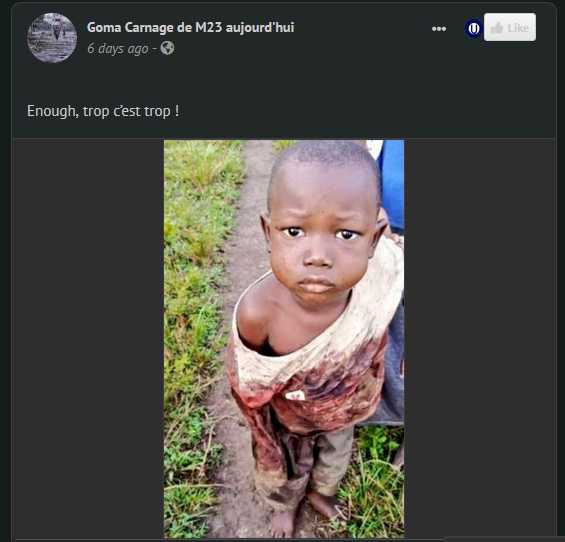
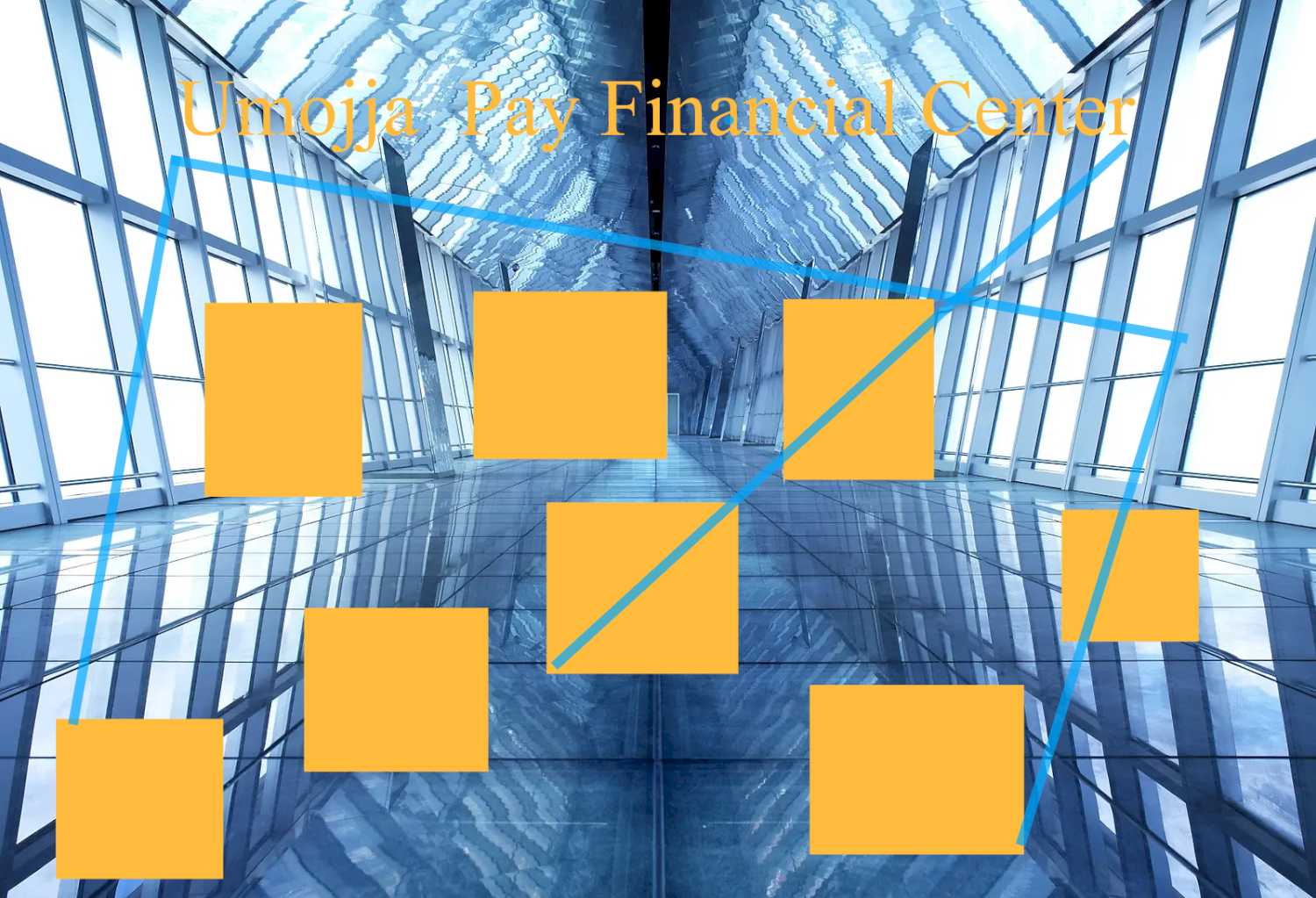
World News on Umojja.com